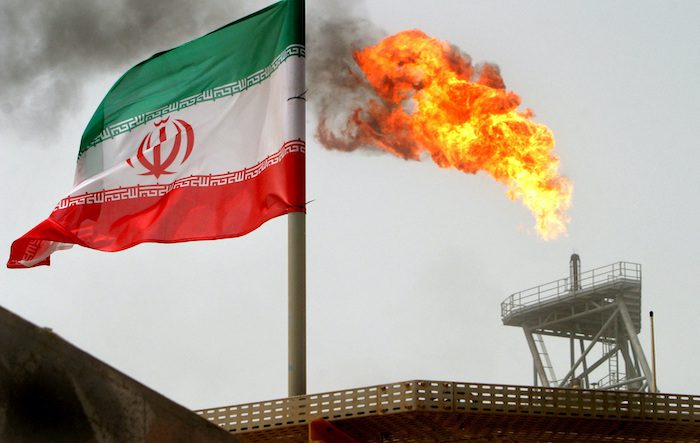According to the New York Times, Iran is facing a “full-blown energy emergency” with government offices closed or reducing hours, schools and universities forced online, manufacturing has all but stopped, and highways and shopping malls are dark due to power outages. .
Iran is normally one of the world’s largest suppliers of natural gas and crude oil, but targeted attacks by Israel, which secretly blew up two pipelines in February, add to “years of sanctions, mismanagement, aging infrastructure and waste” sexual consumption”, creating a crisis that, the report says, seriously affects daily life.
President Masoud Pezeshkian, who was elected in July, apologized to citizens in a live televised address this month, explaining that “we face very serious problems with gas, electricity, energy, water, money and the environment.” imbalance,” adding that “all of them are at levels that could turn into a crisis.
Officials say the country needs to lose 350 million cubic meters of natural gas per day to function properly, but as temperatures plummet, the government has been forced to either reduce household use or shut down supplies to power plants. It chose the latter because 90% of Iranians rely on natural gas for heating and cooking, so they need natural gas for heating.
As of Friday, 17 power plants were offline and the rest were operating only partially. This means state-owned and private companies could face losses of 30-50% – totaling billions of dollars.
The crisis caused the rial to fall to an all-time low against the dollar.
read Full report: The New York Times.









